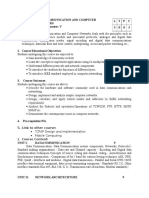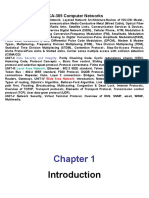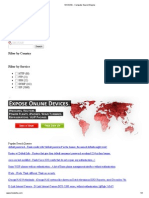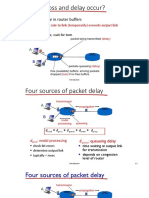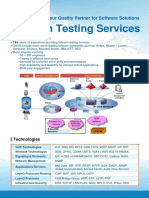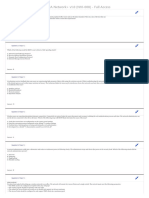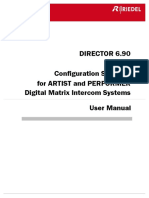0% found this document useful (0 votes)
11 views103 pagesData Communication-1
The document outlines a course on Data Communication and Computer Networks, covering topics such as data communication principles, computer network architecture, and various protocols across different layers. It includes course outcomes, assessment plans, and references for further reading. Key areas of focus include signal types, transmission modes, error detection, and application layer services.
Uploaded by
THARUN ADITHYANCopyright
© © All Rights Reserved
We take content rights seriously. If you suspect this is your content, claim it here.
Available Formats
Download as PDF, TXT or read online on Scribd
0% found this document useful (0 votes)
11 views103 pagesData Communication-1
The document outlines a course on Data Communication and Computer Networks, covering topics such as data communication principles, computer network architecture, and various protocols across different layers. It includes course outcomes, assessment plans, and references for further reading. Key areas of focus include signal types, transmission modes, error detection, and application layer services.
Uploaded by
THARUN ADITHYANCopyright
© © All Rights Reserved
We take content rights seriously. If you suspect this is your content, claim it here.
Available Formats
Download as PDF, TXT or read online on Scribd
/ 103

